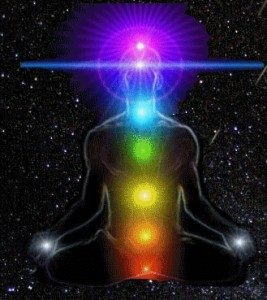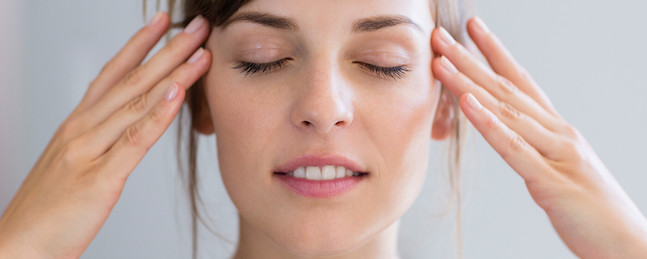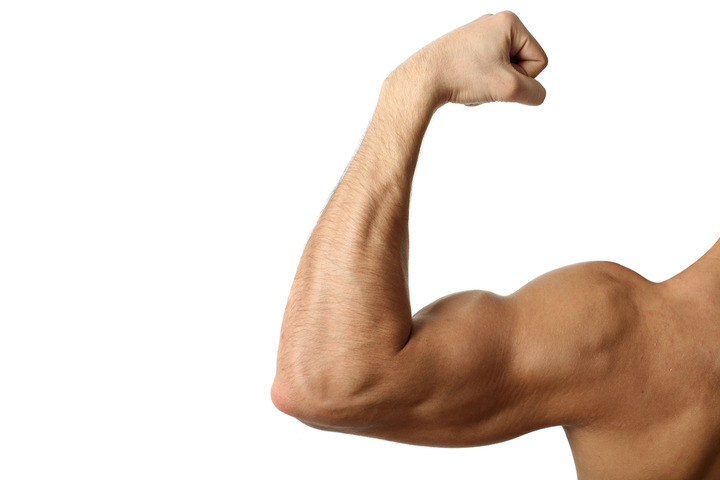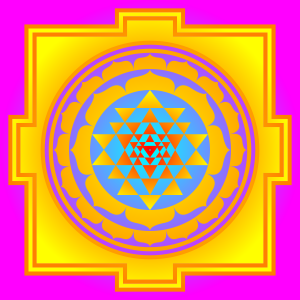Chakra Meditation: The Psychophysiology of Spiritual Practice
 The energy-informational essence of man is a rainbow, all of its seven colors. This is his beauty, this is his problem. Man is multifaceted, multidimensional. It is not simple – it is infinitely complex. And out of this complexity is born that harmony that some call God.
The energy-informational essence of man is a rainbow, all of its seven colors. This is his beauty, this is his problem. Man is multifaceted, multidimensional. It is not simple – it is infinitely complex. And out of this complexity is born that harmony that some call God.
Man is a ladder. The first step is sex, the seventh is samadhi (enlightenment). The first step connects you with samsara, with the world, and the seventh – with nirvana, with ultimate happiness.
The first thing to understand about a person is that there is no person yet. He is only an opportunity, a certain potential.
A person is a rainbow, because a rainbow gives you the full spectrum for understanding a person – from the lowest to the highest. A rainbow has seven colors, a person has seven centers of his being. Seven since ancient times has allegorical meaning. In India, this allegory took the form of seven chakras (in Sanskrit – “whirlwind”, “wheel”) – the point of intersection of the “nadi” thin-energy channels through which vital energy flows (qi, ki, prana) in the human body. The lowest of the chakras is muladhara, the highest is sahasrara, and between them there are five degrees – another five chakras. And a person needs to go through all these seven steps – seven steps to enlightenment.
All researchers agree that changes at the energy-informational level precede changes (for better or worse) in the physical body. This, in turn, is consistent with the traditional Chinese theory of zhen-jiu therapy, according to which the disease is the result of an imbalance in the system of energy meridians and vital energy centers. Changes in this system reflect violations of the structure of the energy-informational body, which are then transmitted to the physical body. For example, a group of scientists led by Korean professor Kim Bon Khan and the French physiologist Pierre de Verenzhul conducted experiments to study the specifics of acupuncture meridians: they disrupted the normal flow of energy along the liver meridian – while the pathological consequences in the hepatobiliary system appeared no earlier than three days later.
The integrity and balance of the system of acupuncture meridians, energy channels and centers of psychophysical energy is the key not only to the health of the body, but also to achieving the ideal psychosomatic functional balance of the endocrine and nervous systems.
In the past, chakras and meridians served only as an example of the underdevelopment and primitiveness of Eastern thought, but now these concepts are increasingly recognized and scientifically substantiated in the work of physicians and philosophers.
From the point of view of multidimensional anatomy and psychophysiology, chakras are involved in the process of the penetration of high energies through special thin-energy channels into the cellular structures of the body. They are a kind of step-down transformers in which energy conversion occurs. The resulting energy is then distributed on the nervous, hormonal, physiological and, ultimately, on the cellular level of the body.
Anatomically, each chakra is associated with a specific nerve center and endocrine gland. Different Indian sources indicate a different total number of chakras in a person, but traditionally seven are distinguished from this total:
Muladhara (Skt. मूलाधार, mūlādhāra) – sacrum, base of the spine (tailbone), perineum. Red color.
Svadhisthana (Skt. स्वाधिष्ठान, svādhiṣṭhāna) – a point at a distance of four fingers below the navel, deep in the abdomen. Orange color.
Manipura (Skt. मणिपूर, maṇipūra) is the region of the solar plexus. Yellow.
Anahata (Skt. अनाहत, anāhata) – heart, middle of the chest. Green color.
Vishuddha (Skt. विशुद्ध, viśuddha) – throat, closer to the collarbone. Blue.
Ajna (Skt. आज्ञा, ājñā) is the center of the forehead, the interbrow. Blue (indigo) color.
Sahasrara (Skt. सहस्रार, sahasrāra) is the crown of the head. Violet (lilac) color.
meditation on the chakras in bodhi yoga Nadi (representing formations from the filaments of the finest energy tissue and form a system of flows that duplicate the nervous system) are the conductors of prana, while the chakras are centers of its concentration and a kind of “relay”, the process of “opening” or “cleansing and strengthening ”which accompanies the stages of spiritual development of a person and bodily recovery. The tantric concept of Kundalini is closely connected with the chakras, the awakening ”and“ rise ”of which through the chakras, from lower (Muladhara) to higher (Sahasrara) is accompanied by radical spiritual evolution.
Some sources speak of the twelve main chakras: to the above seven are added two more, located on the palms of the hands, two on the soles of the feet, and one – 15-20 cm above the head.
Each of the seven major chakras is associated with the most important functions of the psyche and perception; in other words, they play the role of peculiar organs of subtle mental perception. Since there is a relationship between the chakras and endocrine glands at the hormonal level, imbalance in the subtle energy system entails pathological changes at the cellular level.




